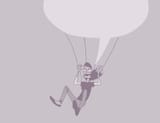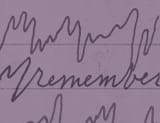
Holiday Gifts For the Young Web Designer Who Doesn’t Have It All
The field of web and application design is deep into a fantastic and complex evolutionary stage. Browsers have adopted more support than ever for the same standards, yet the bleeding edges of those standards are constantly staining our screens with new approaches to the ways we interact with information. Platforms, frameworks, methods, and opinions about them are myriad. It can all be a little intimidating for someone just getting off of the school bus.








